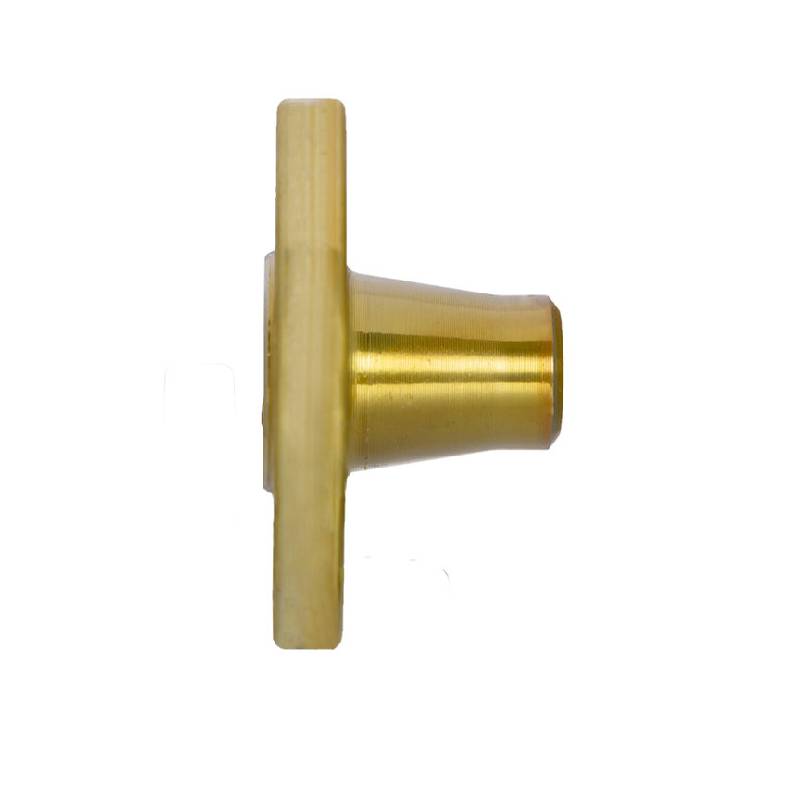-
Cangzhou Yulong Steel Co., Ltd.
-
Phone:
+86 13303177267 -
Email:
admin@ylsteelfittings.com
- English
- Arabic
- Italian
- Spanish
- Portuguese
- German
- kazakh
- Persian
- Greek
- French
- Russian
- Polish
- Thai
- Indonesian
- Vietnamese
- Zulu
- Korean
- Uzbek
- Hindi
- Serbian
- Malay
- Ukrainian
- Gujarati
- Haitian Creole
- hausa
- hawaiian
- Hebrew
- Miao
- Hungarian
- Icelandic
- igbo
- irish
- Japanese
- Javanese
- Kannada
- Khmer
- Rwandese
- Afrikaans
- Albanian
- Amharic
- Armenian
- Azerbaijani
- Basque
- Belarusian
- Bengali
- Bosnian
- Bulgarian
- Catalan
- Cebuano
- China
- China (Taiwan)
- Corsican
- Croatian
- Czech
- Danish
- Esperanto
- Estonian
- Finnish
- Frisian
- Galician
- Georgian
- Kurdish
- Kyrgyz
- Lao
- Latin
- Latvian
- Lithuanian
- Luxembourgish
- Macedonian
- Malgashi
- Malayalam
- Maltese
- Maori
- Marathi
- Mongolian
- Myanmar
- Nepali
- Norwegian
- Norwegian
- Occitan
- Pashto
- Dutch
- Punjabi
- Romanian
- Samoan
- Scottish Gaelic
- Sesotho
- Shona
- Sindhi
- Sinhala
- Slovak
- Slovenian
- Somali
- Sundanese
- Swahili
- Swedish
- Tagalog
- Tajik
- Tamil
- Tatar
- Telugu
- Turkish
- Turkmen
- Urdu
- Uighur
- Welsh
- Bantu
- Yiddish
- Yoruba

Nov . 26, 2024 03:46 Back to list
Exploring Threaded T Fitting Applications in Pipe Systems and Connections
Understanding Threaded T Fittings A Comprehensive Overview
In the world of plumbing and piping, precision and reliability are key. Among the various components that serve essential functions in piping systems, threaded T fittings play a significant role. These fittings are designed to connect pipes or tubing at a right angle, allowing for a change in direction within the piping system. This article delves into the essential aspects of threaded T fittings, including their design, applications, advantages, and installation procedures.
Design and Structure
Threaded T fittings are typically constructed from durable materials like brass, stainless steel, or PVC, depending on the application and the type of fluid being transported. The “T” shape is a defining characteristic, consisting of three openings one for the main pipe and two for the lateral branches. The fittings are called threaded because the connection points are equipped with internal or external threads that allow them to be screwed onto corresponding threaded pipes.
The threading is crucial for ensuring a tight seal and preventing leaks, which is a vital requirement in any plumbing system. The design of the T fitting can vary, including different thread types, sizes, and pressure ratings that accommodate a variety of applications, from residential plumbing to industrial piping systems.
Applications
Threaded T fittings are versatile and widely used across various industries. They are particularly common in residential plumbing systems, where they may be used to divide water supply lines for different fixtures, such as sinks, showers, and washing machines. In commercial and industrial settings, these fittings facilitate efficient routing of fluids in chemical processing, irrigation systems, and HVAC applications.
Other applications might include gas lines, where threaded T fittings ensure safe and reliable gas distribution. Their use is vital in many mechanical systems, enabling the easy redirection of fluids or gases while maintaining pressure and flow with minimal risk of leaks.
Advantages
One of the primary advantages of threaded T fittings is their ease of installation. The threaded design allows for quick and straightforward connections without the need for specialized tools or welding equipment. This can save both time and labor, making it an economical choice for many projects.
threaded t fitting

Additionally, threaded T fittings offer flexibility. Because they can be disassembled easily, maintenance and repairs can be done without significant disruption to the piping system. This is particularly valuable in systems where modifications or upgrades might be necessary over time.
Durability is another key benefit. Depending on the material, threaded T fittings can withstand high pressure and temperature variations, making them suitable for use in demanding environments. Their robust design ensures long-lasting performance, which is crucial for any piping application.
Installation Procedures
Installing threaded T fittings requires careful attention to detail to ensure an effective seal and prevent leaks. Here are some general steps to follow during installation
1. Preparation Ensure that the pipes being connected are clean and free from debris. Check that the threads are in good condition. 2. Thread Sealant Application Apply a suitable thread sealant or Teflon tape to the threads of the fitting. This helps create a watertight seal.
3. Connecting the Fitting Screw the fitting onto the main pipe and the lateral branches. Hand-tighten initially and then use an appropriate wrench to tighten further, but be cautious not to overtighten, as this can damage the threads.
4. Testing Once installed, turn on the water or gas supply and check for leaks at the joints. If leaks are discovered, tighten further or reapply sealant as needed.
Conclusion
Threaded T fittings are an essential component of modern plumbing and piping systems. Their robustness, ease of installation, and versatility make them a preferred choice for many applications. By understanding their design, applications, advantages, and proper installation techniques, professionals and DIY enthusiasts alike can ensure effective and reliable fluid management in their systems. Whether you are working on a small household project or a large industrial operation, threaded T fittings can be your reliable solution.
Latest news
-
ANSI 150P SS304 SO FLANGE
NewsFeb.14,2025
-
ASTM A333GR6 STEEL PIPE
NewsJan.20,2025
-
ANSI B16.5 WELDING NECK FLANGE
NewsJan.15,2026
-
ANSI B16.5 SLIP-ON FLANGE
NewsApr.19,2024
-
SABS 1123 FLANGE
NewsJan.15,2025
-
DIN86044 PLATE FLANGE
NewsApr.19,2024
-
DIN2527 BLIND FLANGE
NewsApr.12,2024
-
JIS B2311 Butt-Welding Fittings LR/SR 45°/90° /180°Seamless/Weld
NewsApr.23,2024











